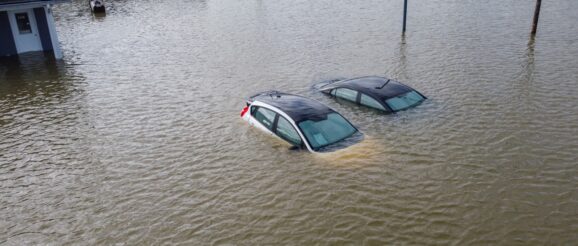Stabilizing ‘operations,’ the National Weather Service hires again after Trump cuts

MIAMI — After public backlash and concern, the National Weather Service is beginning the process of hiring more than 100 employees to “stabilize operations” at its field offices around the country.

Following cuts ordered by the Trump administration earlier this year, the weather service lost nearly 600 positions.
Erica Grow Cei, a National Weather Service spokesperson, says the new hires will fill positions at field offices where there’s “the greatest operational need.”
Tom Fahy, legislative director with the union that represents NWS employees, says the service will fill 126 new positions.
“The positions’ categories are meteorologist, hydrologist, physical scientist and electronic technicians,” he says. Electronic technicians are critical positions in charge of maintaining and repairing weather radar installations and other sensitive equipment. “Radar is an essential part of our national weather infrastructure,” Fahy says, “to protect the American people from severe weather and dangerous storms.
Following the job cuts, some field offices were no longer staffed around the clock. Some also cut back on weather balloon launches, critical tools in gathering data needed for local and national forecasts, according to the National Weather Service.
Mary Glackin, a former undersecretary at the National Oceanic and Atmospheric Administration, the NWS’ parent agency, says the weather service has been temporarily assigning employees to field offices around the country to cover staff shortages.

She says the announcement of the new hires is an admission by the administration that the job cuts went too far. “We’re in the middle of a severe weather season, and I know that’s put quite a strain on the system,” she says, noting that it’s also the beginning of the Atlantic hurricane season. “It’s not a good time to be understaffed.”
Cei says the Trump administration granted the weather service an exemption to a government-wide hiring freeze and it will begin advertising for “permanent, mission-critical field positions.”
Glackin says, from her experience, filling positions at NOAA can take months. She expects it will be September at the earliest before many of the positions are filled. And she notes, after the cuts earlier this year, NWS is short several hundred positions. She says, “This is kind of putting a band-aid on a rather large wound.”
Fahy says he expects that many of the approximately 100 probationary NWS employees terminated in the Trump administration job cuts may reapply for the positions, some of which they may have already been trained and certified for.
